CREDANCE
CREDANCE data reveal changes to the satellite radiation environment
Measurements of the space radiation environment in the Earth’s inner and outer Van Allen radiation belts, and in-between them, highlights significant changes over the last two decades, with important implications for new satellite constellations.
With space radiation posing a real and tangible threat to satellites, electronic equipment and astronauts, more knowledge is needed to protect investments and deliver resilience. NASA’s Living With a Star program contributes to this by providing missions to improve our understanding of how and why the Sun varies, how the Earth and Solar System respond, and how the variability and response affects humanity in Space and on Earth.
In addition, as the cost of using space falls, engineers are considering a wide range of orbits to support new applications, so requiring new measurements to understand the orbital environment and develop cost-effective, resilient solutions.
“Understanding the radiation environment and its variation due to space weather is critical to the resilience of satellites and this research, in collaboration with NASA and Dstl, is fundamentally helping the global space community to know more.”
Keith Ryden
Professor of Space Engineering, Surrey Space Centre
Actions taken
The Cosmic Radiation Environment Dosimetry and Charging Experiment space weather monitor, or CREDANCE, developed by the Space Environment research group at Surrey Space Centre, consisted of five particle instruments which collectively observed internal charging current, proton and ion flux, and total ionizing dose.
Part of NASA’s ‘Living With a Star’ programme, CREDANCE was launched on the DSX satellite by Elon Musk’s Space-X on a Falcon 9 rocket, watched by the Surrey Space Centre team. DSX orbited elliptically from July 2019 to May 2021, with CREDANCE taking measurements for most of this period.
CREDANCE measured trapped space radiation in the Earth’s inner and outer Van Allen radiation belts and also in-between them, a ‘slot-region’ (6000–1200km altitude) which might be favourable for new constellations of communication and navigation satellites. The varied measurements were enabled by the elliptical orbit, which meant CREDANCE was exposed to the high latitude “horns” of the outer trapped electron belt as well as the trapped proton belt.
Outcome/ impact
The space weather monitor recently completed its mission and Surrey Space Centre scientists, funded by Dstl, analysed the data from it and its sister instrument Merlin (which operated for over 15 years at GPS-type medium Earth orbit), with a paper presented at the IEEE Nuclear and Space Radiation Effects Conference in July 2022. Analysis shows that the inner electron belt has undergone significant changes over the last two decades.
Surrey’s findings are informing plans for new orbits of constellations of communication and navigation satellites, and help scientists designing those satellites identify what protection is needed against space weather.
Their work is also informing approaches to future scientific measurements, with a presentation at the Committee on Space Research (COSPAR) in July 2022 to share the Surrey Space Centre team’s experiences of using CREDANCE and other monitoring devices.
The future
Many Space South Central enterprises are involved in developing advanced microelectronics-based equipment and software for space which needs to be resilient to the damaging effects of space radiation. By working with Surrey Space Centre, the new data will help companies to create more robust and cost-effective designs. Ultimately this will reduce mission risk and increase returns on investment.
Organisations involved
Surrey Space Centre
Dstl
NASA


